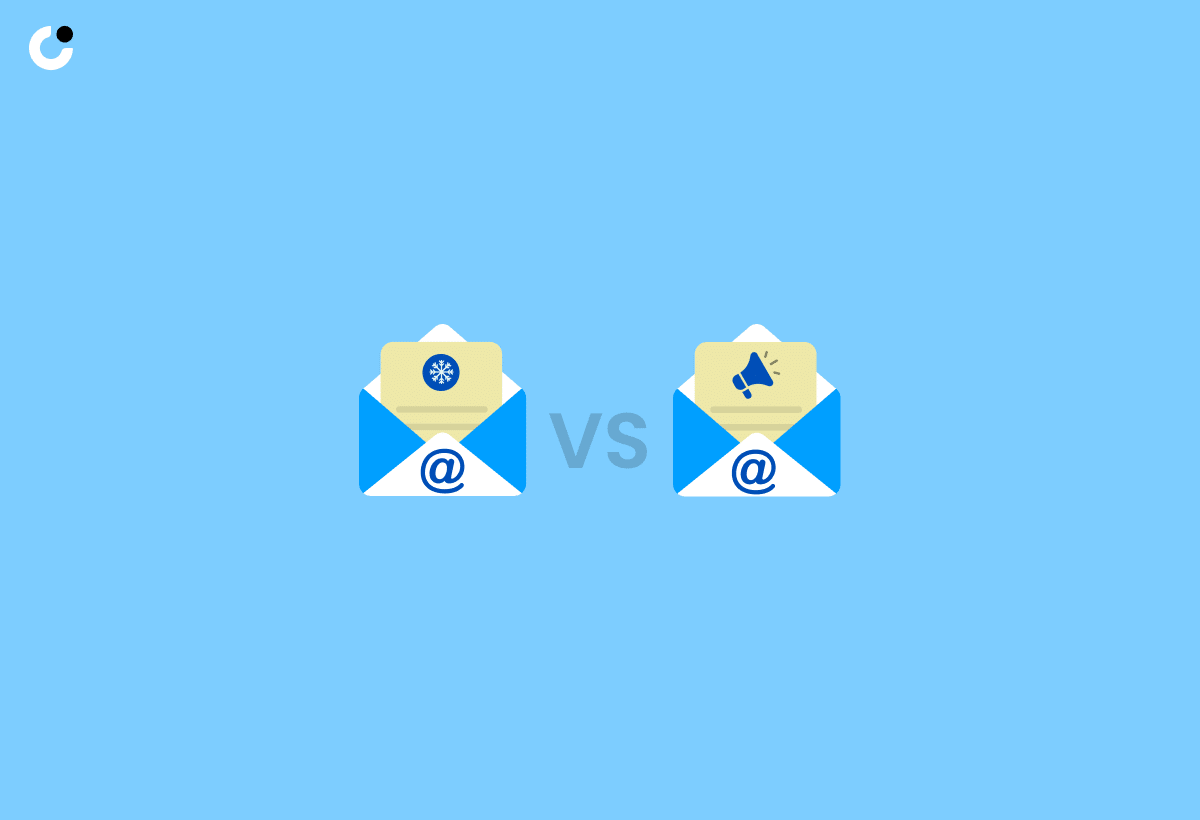Are you struggling to understand the difference between cold email vs email marketing? You’re not alone. Many businesses face challenges in distinguishing between these two powerful strategies. In this blog post, we’ll unravel the key differences between cold email vs email marketing, explore their pros and cons, and share some best practices and real-life examples to help you maximize your outreach efforts and achieve better results.
Key Takeaways
- Cold Email and Email Marketing differ in audience targeting, personalization level, approach & goals.
- Both offer distinct advantages & drawbacks. Businesses should consider pros/cons when strategizing outreach efforts.
- Combining strategies can help gain wider reach, enhance personalization & drive conversions.
Understanding Cold Email and Email Marketing
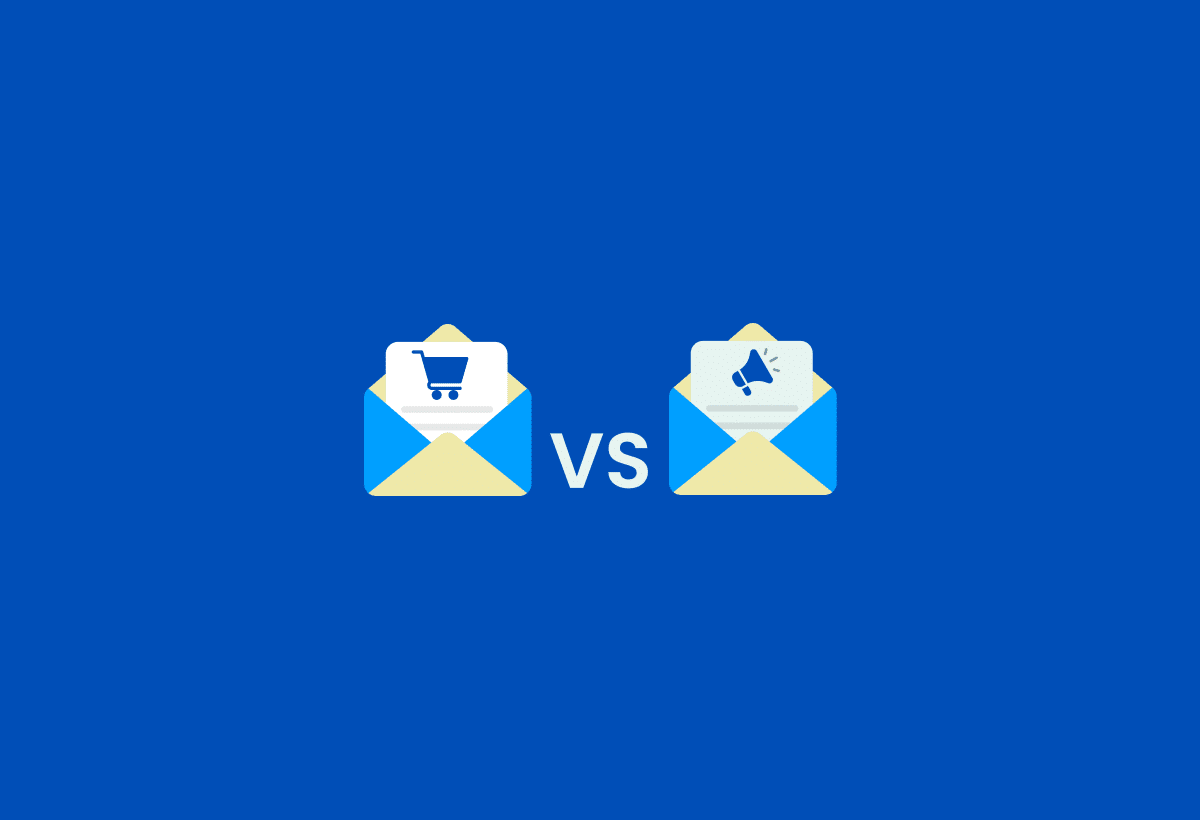
Cold emailing and email marketing are two distinct strategies used for different purposes in the business world. While cold emailing focuses on reaching out to potential customers who have not previously interacted with your brand, email marketing aims to nurture relationships with existing subscribers by providing valuable content and driving conversions.
Both strategies come with their own set of advantages and challenges, a detailed exploration of which is presented in this blog post.
Defining Cold Email
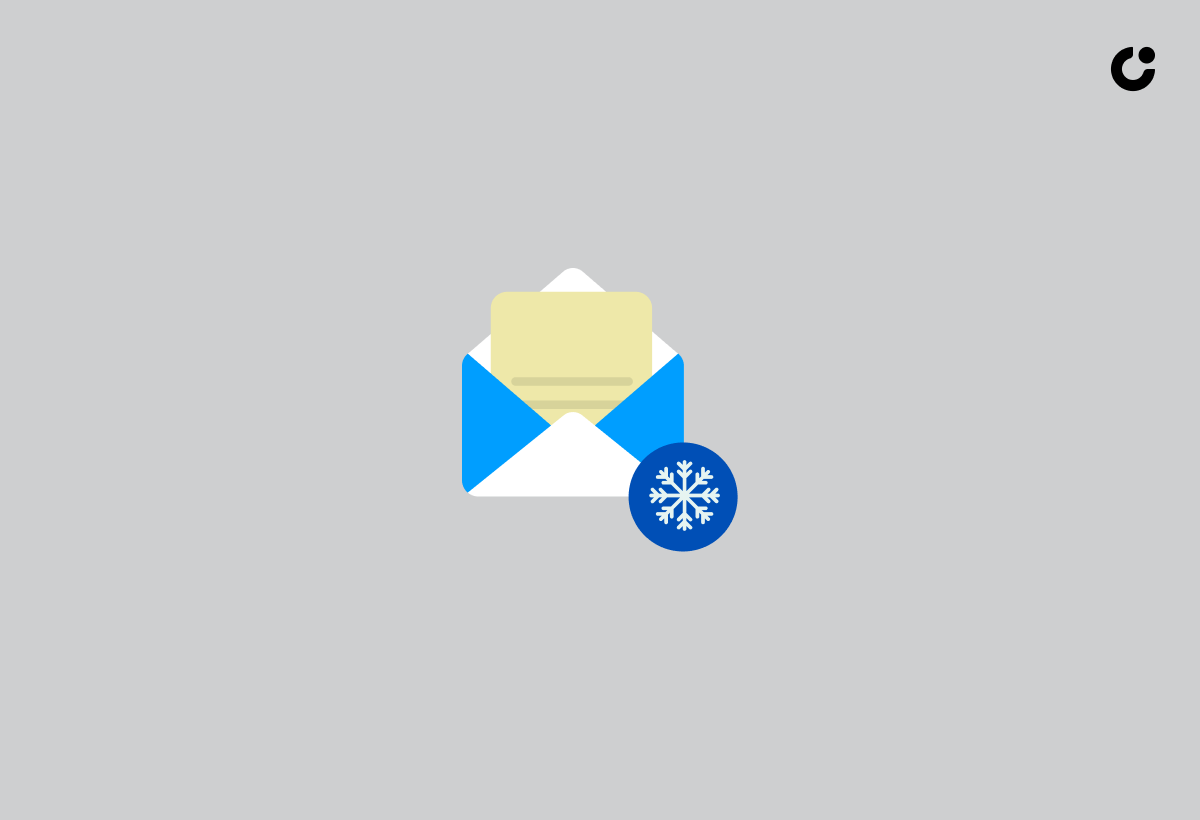
Cold email is an outbound marketing strategy that seeks to engage cold prospects, or potential customers who have not interacted with a brand before, with the goal of generating leads and starting conversations through a cold email campaign. In essence, a cold email is a type of outreach, designed to initiate a business-to-business (B2B) dialogue that may culminate in a business relationship or transaction, generating sales qualified leads. The primary objective of a cold email is to elicit a response that will facilitate further communication, often using a cold email outreach tool to streamline the process.
A successful cold email necessitates a concise message that includes only essential information upfront, complimented by the use of marketing automation tools for optimization. The additional objectives of cold emails are to reach out to individuals who may benefit from learning about your goods or services in order to address their business issues and find a suitable solution, highlighting the difference between cold email and other marketing strategies.
Defining Email Marketing

Email marketing, on the other hand, is an inbound strategy that aims to engage existing subscribers, emphasizing on strengthening relationships, delivering valuable content, and encouraging conversions, often using email marketing services to optimize campaigns. A marketing email is a message sent to individuals who have expressed interest in receiving updates from you, and these marketing emails play a crucial role in maintaining customer engagement.
The primary objective of email marketing is to establish relationships with the audience through the delivery of pertinent content, tailored messages, and exclusive offers, which can result in lasting customer loyalty. Email marketing is an effective strategy for businesses looking to build relationships with existing customers, provide education about products or services, keep customers informed of the latest offerings, and drive conversions or sales while maintaining a budget.
Key Differences Between Cold Email and Email Marketing
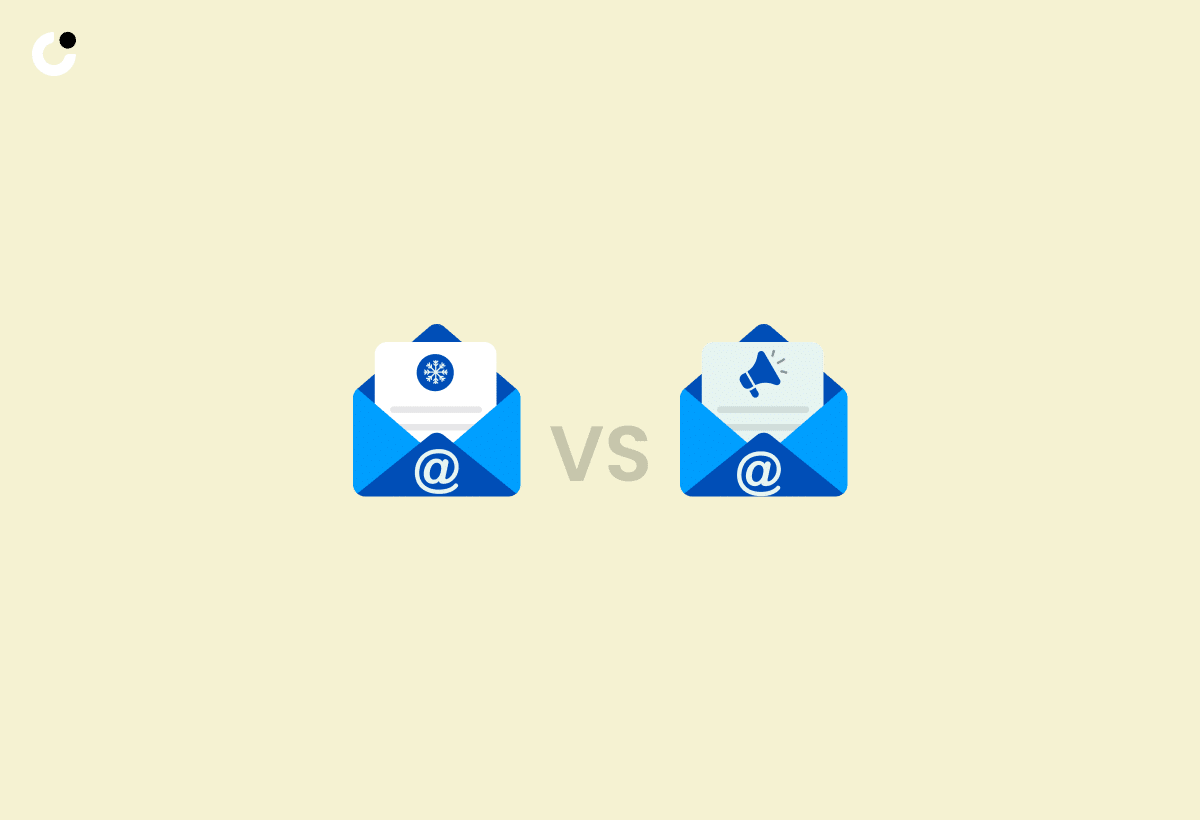
A thorough comparison between these two strategies reveals key differences in areas such as audience targeting, personalization level, and overall approach and goals.
The subsequent sections reveal each of these differences, offering insights into how businesses can harness the potential of both cold email and email marketing effectively.
Audience Targeting

One of the main distinctions between cold email and email marketing lies in their target audience. Cold email is aimed at prospective customers, whereas email marketing is geared toward existing subscribers. To target potential customers in cold emailing, strategies such as:
- Constructing a list of prospects
- Leveraging personalization
- Utilizing attention-grabbing subject lines
- Selecting appropriate email copies and templates
- Utilizing demographic information
- Customizing emails to resonate with the target audience
- Keeping emails succinct and straightforward
- Determining the optimal time to send the emails
are employed.
Email marketing, in contrast, targets existing subscribers by segmenting them based on various criteria such as:
- demographics
- purchase history
- engagement level
- interests
This enables marketers to send highly targeted and personalized messages to specific groups of subscribers, enhancing the relevance and efficacy of their email campaigns. By gaining insights into the preferences and behaviors of existing subscribers, email marketers can customize their content and offers to meet their specific requirements, thereby boosting engagement, conversion, and customer loyalty.
Personalization Level
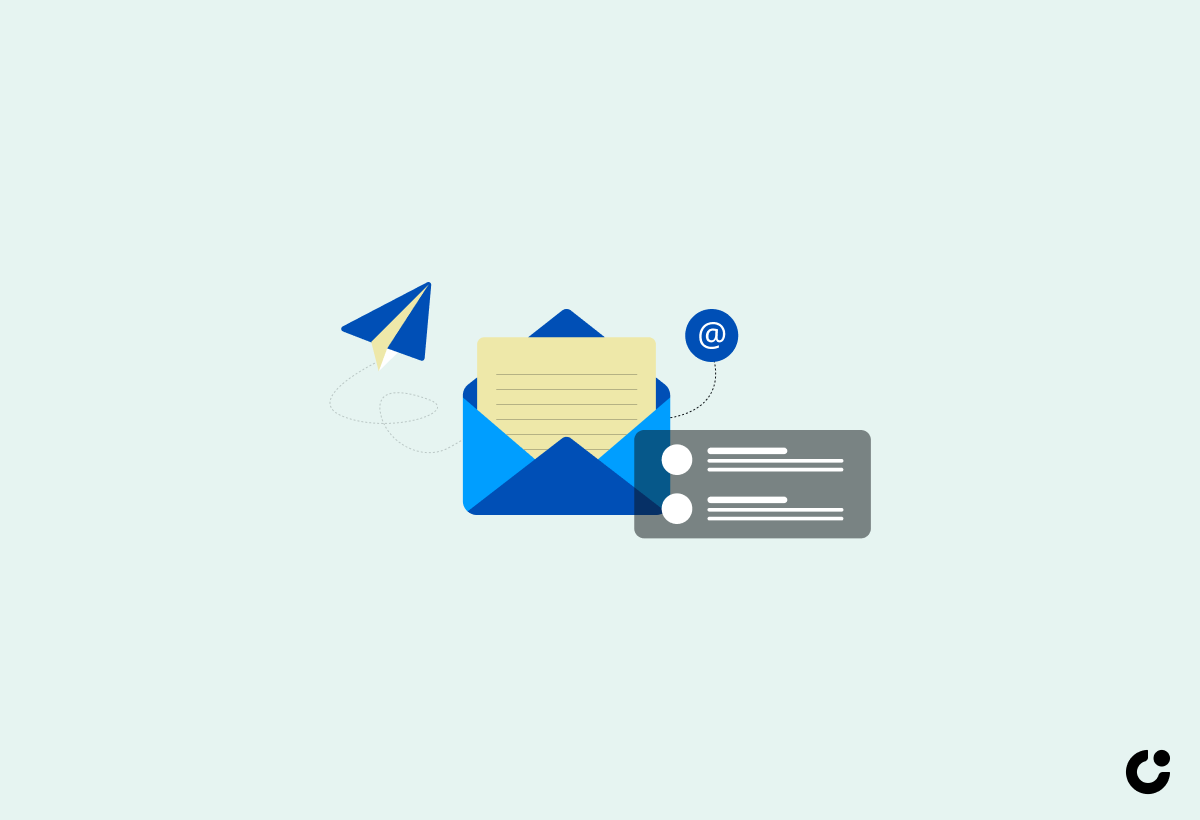
Another key difference between cold email and email marketing is the level of personalization required. Cold email necessitates a heightened level of personalization, whereas email marketing can be more concentrated on content and design. To personalize cold emails, one can:
- Use the prospect’s name
- Insert personalized information through mail merge tags
- Reference common interests identified through research
- Emphasize mutual connections
- Time the email appropriately
In email marketing, personalization can still play a significant role in enhancing engagement and conversions, but the focus is often more on delivering valuable content, crafting appealing designs, and optimizing email marketing campaigns for maximum impact. As such, the personalization level in email marketing may not be as intensive as in cold emailing, but it remains a crucial factor in achieving success with this strategy.
Approach and Goals
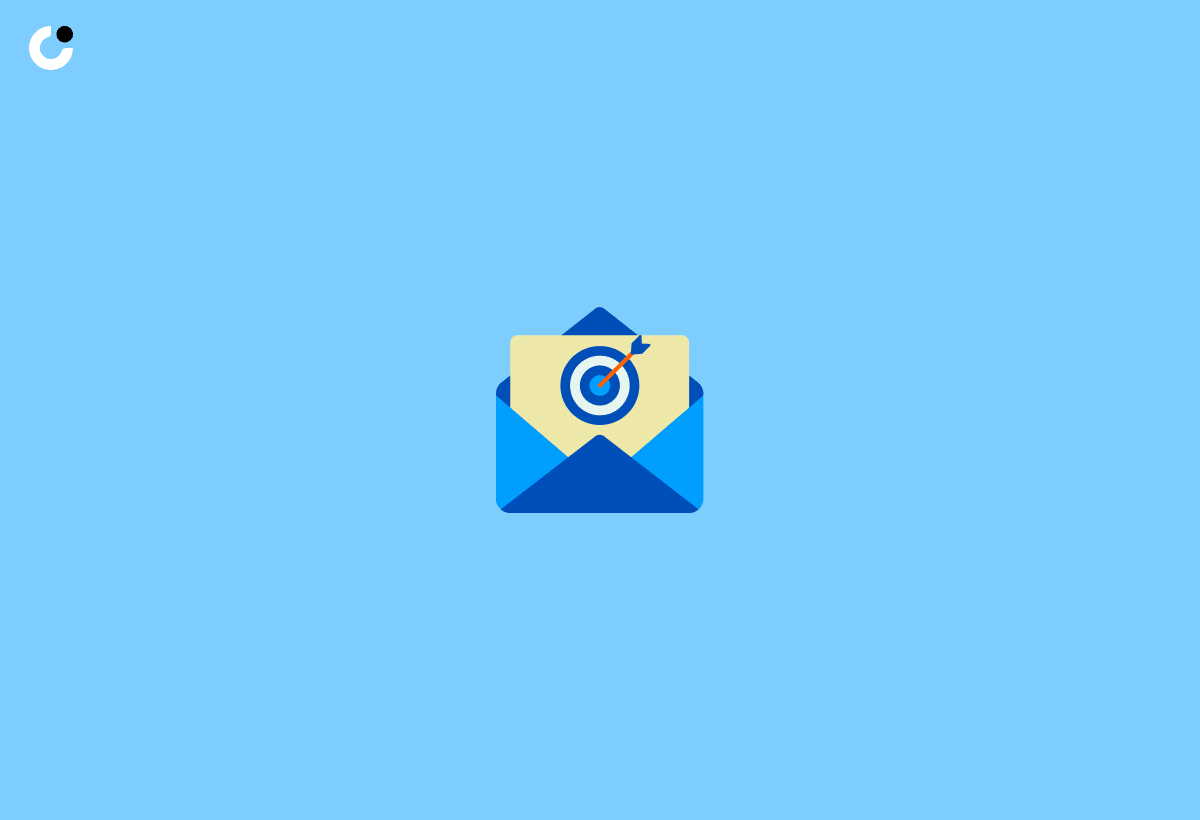
The approach and objectives of cold email and email marketing also vary significantly. Cold email seeks to generate leads and initiate dialogue, while email marketing fosters relationships and encourages conversions. Personalization, establishing a connection, providing value, follow-ups, attention to subject lines, timing, and a clear call-to-action are typically employed in cold email to generate leads.
Generally, a cold email to initiate a conversation includes an introduction, a personalized message, a specific request or value proposition, and a call to action.
Email marketing, on the other hand, focuses on nurturing relationships with subscribers by providing valuable content, tailored messages, and exclusive offers that drive engagement and conversions. This approach often involves segmenting email lists, crafting engaging content, personalizing messages, and optimizing email marketing campaigns for maximum impact.
In summary, the approach and goals of cold email and email marketing differ considerably, but both strategies can be highly effective when employed correctly.
Pros and Cons of Cold Email and Email Marketing

Having examined the key differences between cold email and email marketing, we now delve into the advantages and disadvantages of each strategy. Understanding the pros and cons of both methods can help businesses make informed decisions about which strategy to employ and how to optimize their outreach efforts for maximum results.
Benefits of Cold Email

Cold emailing offers several advantages, such as cost-effectiveness, targeted outreach, and potential lead generation. The cost advantages of utilizing cold emailing for businesses include cost-efficiency, the capacity to supply more data, networking prospects, and measurability. Cold emailing is an effective tool for targeted outreach in marketing, as it allows businesses to reach potential customers directly with personalized emails. By utilizing targeted lists, customized messaging, and effective follow-up strategies, businesses can generate new leads and build relationships.
In addition to its cost-effectiveness and targeted outreach capabilities, cold emailing can also help businesses:
- Establish connections with prospective customers
- Increase leads and sales
- Personalize messages and highlight how the recipient can benefit from your product or service
By maximizing the effectiveness of this approach, cold emailing can be a valuable strategy for businesses looking to expand their reach and generate new leads.
Drawbacks of Cold Email

Despite its advantages, cold emailing also comes with some potential drawbacks. These include:
- Potential spam issues, such as having emails marked as spam or the email account being blocked
- The labor-intensive nature of researching potential contacts, crafting personalized emails, and monitoring responses
- Cold emailing is commonly viewed as impersonal due to the absence of personalization
- Trust and credibility concerns
- Inadequate targeting
- Employing email marketing tools for cold emailing can lead to a high unsubscribe rate and potential blocking of the email account.
Despite these challenges, cold emailing can still be an effective strategy when executed correctly. By carefully crafting personalized messages, adhering to best practices, and monitoring the results of your cold email campaigns, it’s possible to mitigate these drawbacks and generate positive outcomes for your business.
Benefits of Email Marketing
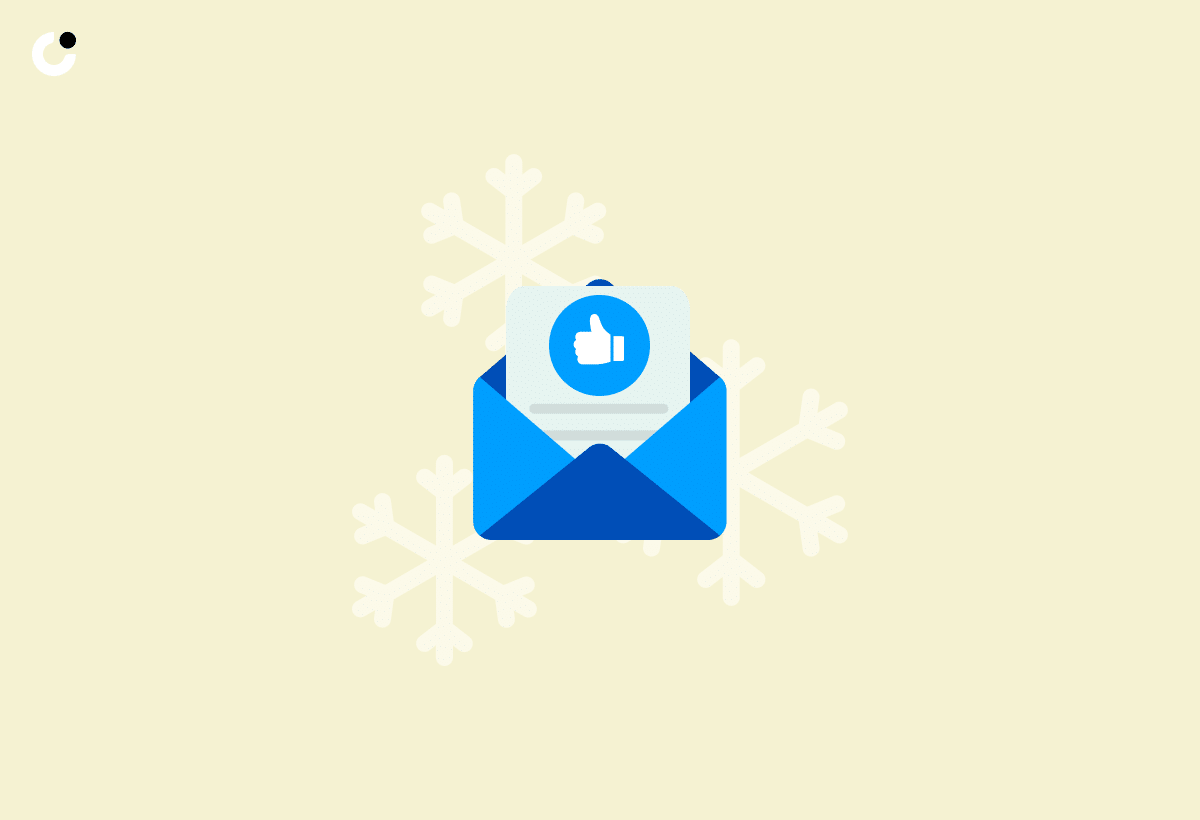
Email marketing offers several advantages, including the potential to build relationships with customers, provide measurable results, and offer a high return on investment. By utilizing email marketing to engage subscribers with valuable content and personalized messages, businesses can foster strong relationships, boost engagement, and drive conversions. As a result, email marketing is an effective strategy for businesses looking to build relationships with existing customers, provide education about products or services, keep customers informed of the latest offerings, and drive conversions or sales while maintaining a budget.
In addition to relationship building and measurable results, email marketing also offers the advantage of high ROI. According to various studies, email marketing consistently delivers a higher return on investment than other marketing channels, making it a valuable strategy for businesses looking to maximize their marketing efforts. By employing best practices, optimizing campaigns, and continually refining their approach, businesses can reap the benefits of email marketing and achieve lasting success.
Drawbacks of Email Marketing
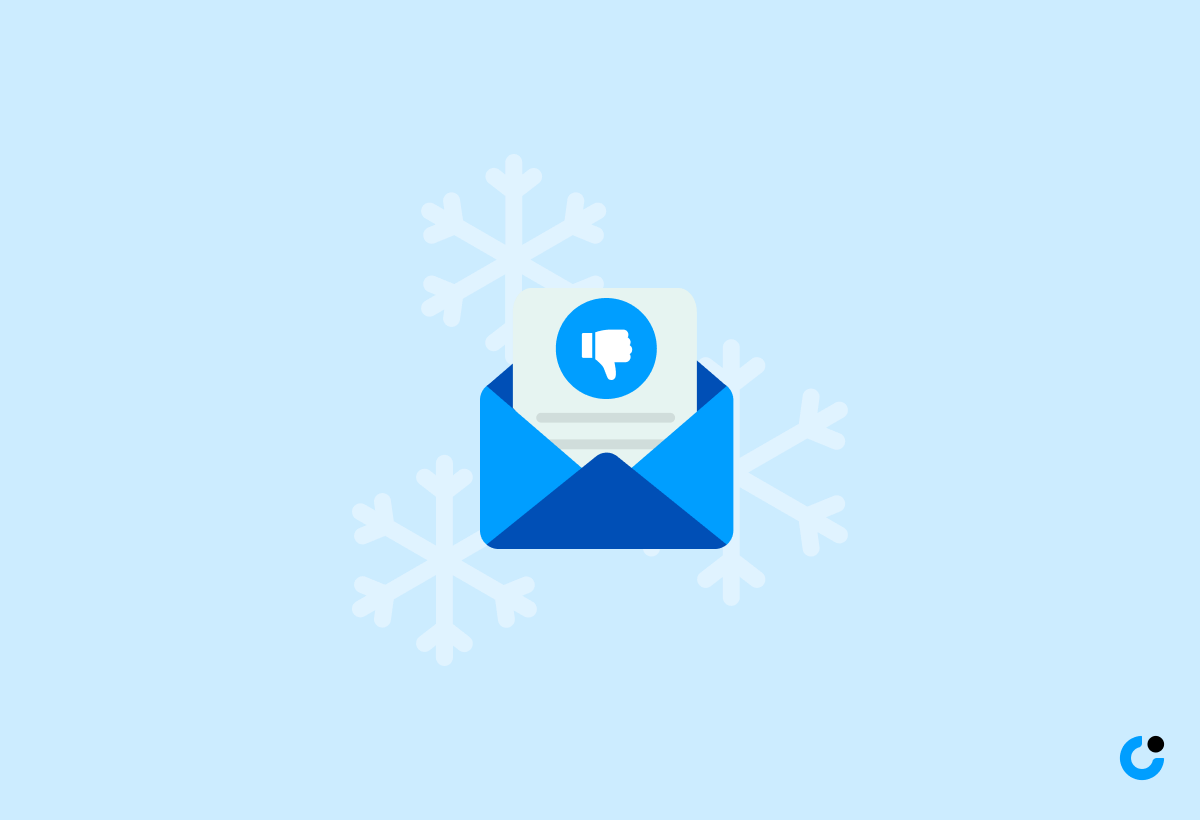
Like cold emailing, email marketing also has its potential drawbacks. These include intrusiveness, difficulty in distinguishing oneself amongst crowded inboxes, and legal considerations. The primary difficulties in crafting an email marketing campaign that stands out in a crowded inbox include comprehending the audience, personalization, triggered campaigns, continual testing and evaluation, and deliverability challenges.
When conducting email marketing, it is also essential to:
- Obtain consent from recipients
- Abide by anti-spam regulations
- Handle personal data in accordance with privacy laws
- Respect intellectual property rights
- Comply with FTC and other regulations
By being mindful of these potential challenges and adhering to best practices, businesses can effectively navigate the world of email marketing and reap the benefits of this powerful strategy.
Tools and Software for Cold Email and Email Marketing

A plethora of tools and software options are available on the market to assist businesses in enhancing their cold email and email marketing endeavors. These platforms offer features such as personalization, automation, and tracking, making it easier for businesses to manage and analyze their campaigns.
In the following sections, we’ll explore some popular cold email and email marketing tools to help you decide which ones might be the best fit for your business.
Cold Email Tools

Some popular cold email tools include Outreach, Yesware, and SalesBlink, which offer features such as personalization, automation, and tracking. SalesBlink, for example, is an automated cold outreach tool that can support cold emailing by sending personalized emails one by one, enhancing sender reputation and deliverability. Additionally, it provides image personalization and does not necessitate adding unsubscribe text to cold emails.
Outreach is another platform tailored for outbound sales teams, providing features such as email, phone, and LinkedIn outreach. It enables multi-channel sequences and personalized outreach, as well as detailed analytics to monitor team performance. These cold email tools can help businesses streamline their sales process, automate processes, and ultimately generate more leads and sales.
Email Marketing Tools
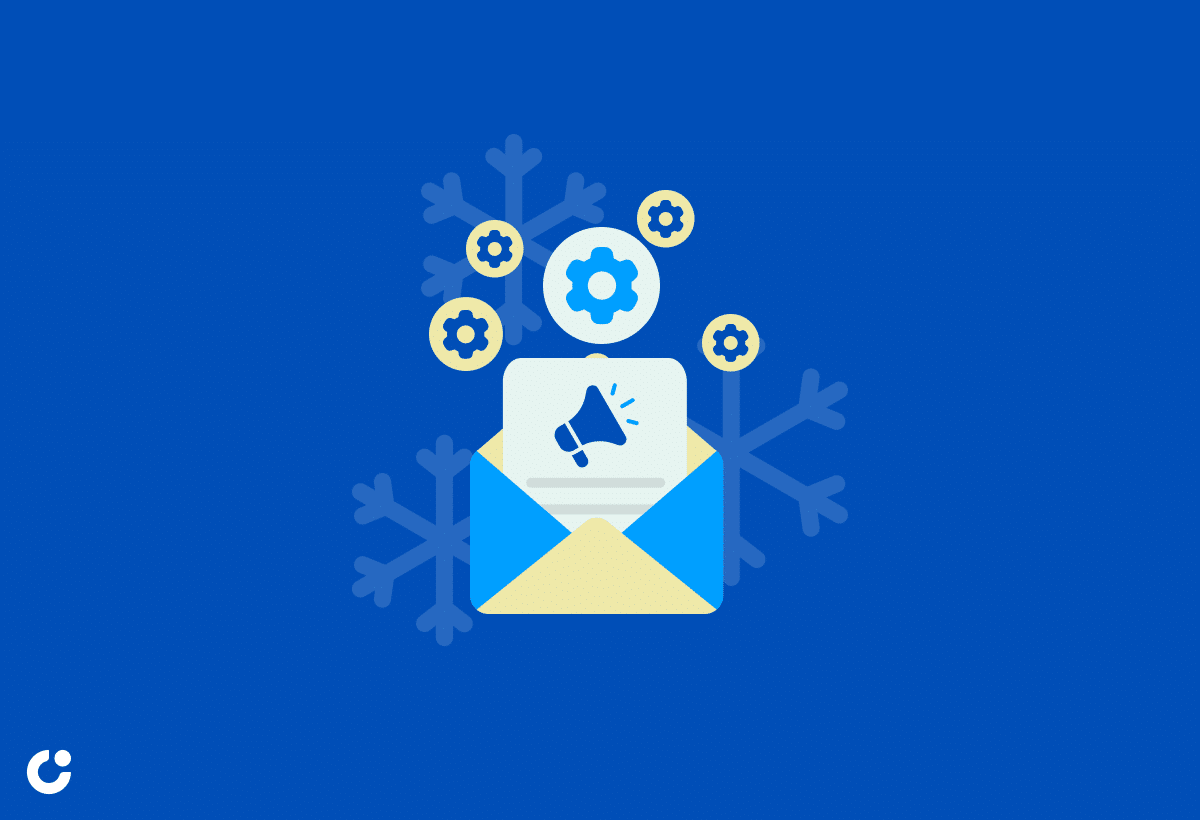
For email marketing, popular tools include:
- ActiveCampaign, which provides automation, personalization, and analytics capabilities
- Sendgrid, which offers email delivery and transactional email services
- Flodesk, which focuses on beautiful and customizable email templates
Sendinblue is another comprehensive email marketing software that provides a range of tools for email marketing, CRM, and the creation of landing pages. It offers over 70 templates, a preview of the outcome, A/B testing, and segmented recipient lists to streamline processes.
AWeber is another popular email marketing tool. It offers the following features:
- Easy creation of emails, sign-up forms, and landing pages with a drag-and-drop action
- Automated email campaigns
- Ensures that emails reach the recipient’s inbox rather than the spam folder
By utilizing these email marketing tools, businesses can optimize their campaigns, personalize messages, and achieve better results in their email marketing efforts.
Tips for Successful Cold Email and Email Marketing Campaigns
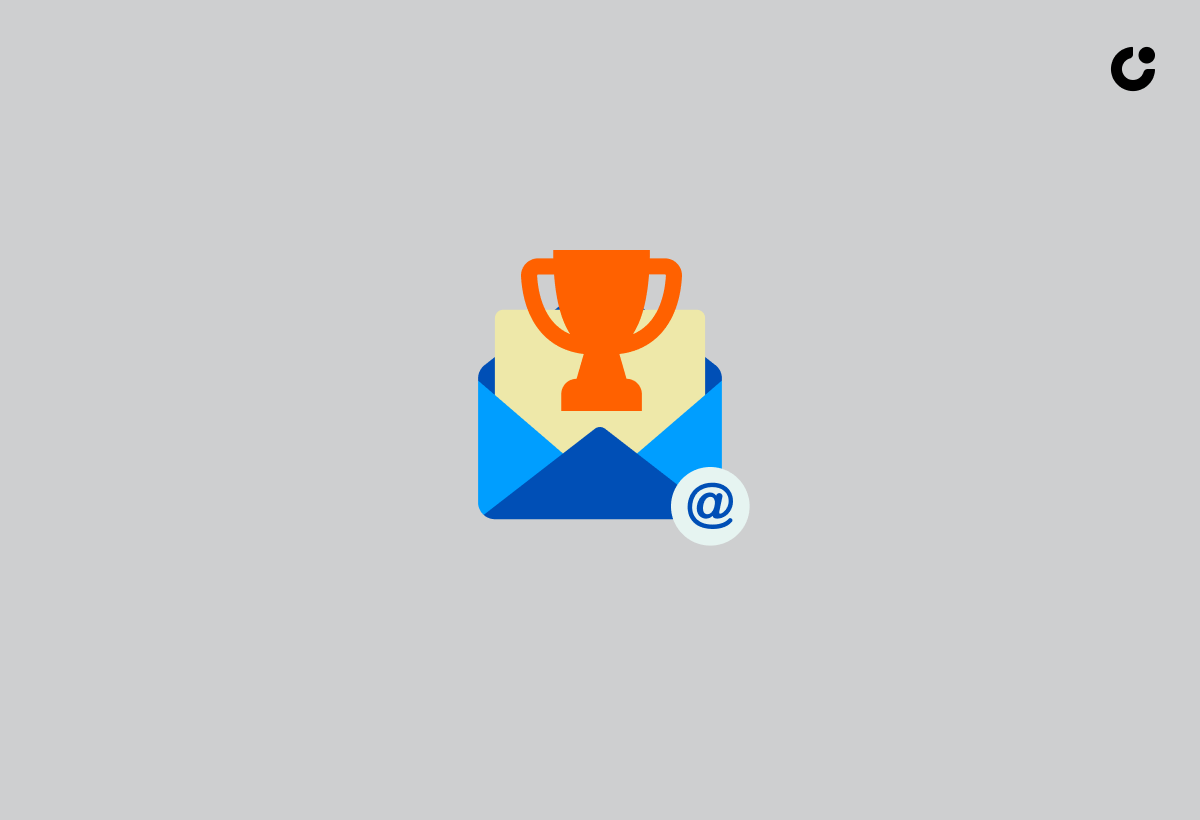
Having examined the differences, pros, and cons of cold email and email marketing, as well as some popular tools and software options, we now turn our attention to best practices for each strategy. By following these tips, businesses can maximize their outreach efforts and achieve more successful campaigns.
Cold Email Best Practices
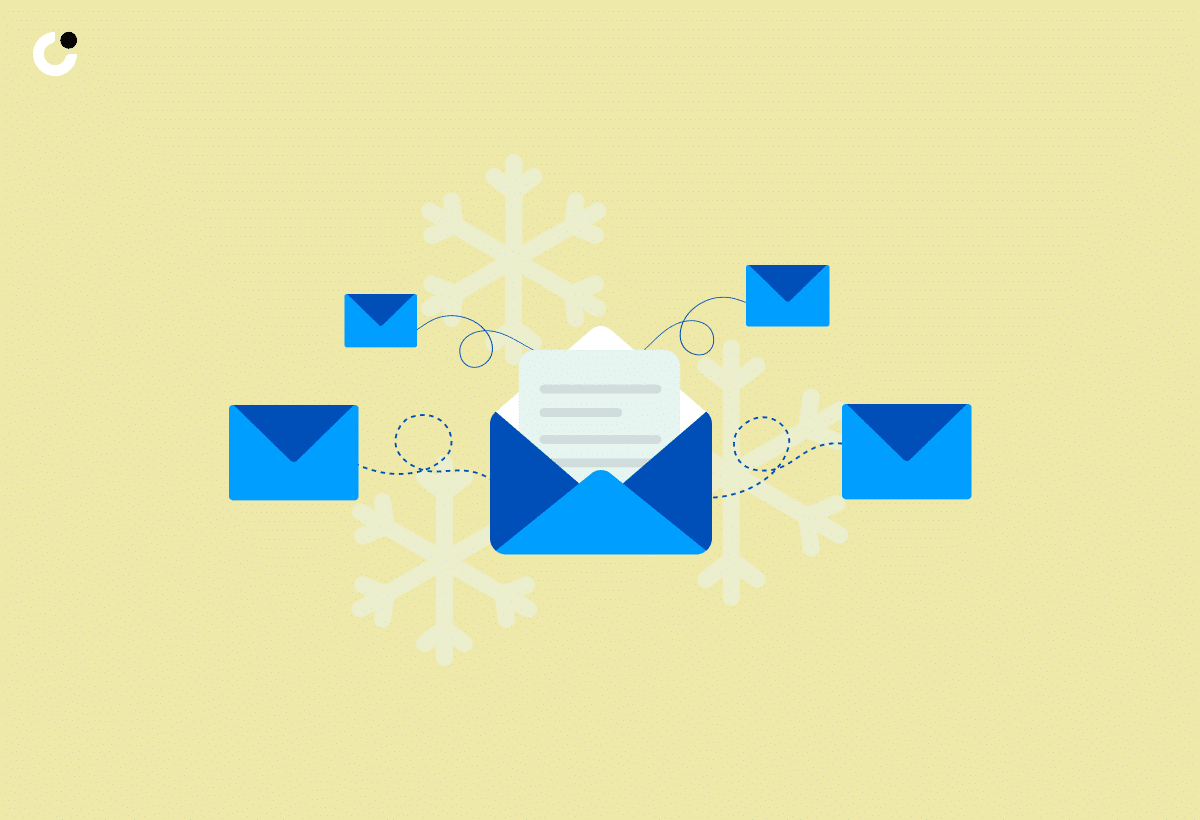
When it comes to cold email best practices, thorough research, personalization, and follow-up sequences are crucial for success. Maintain brevity and remain focused on the pertinent information in your cold emails, enabling the recipient to quickly assess whether the offered product or service is of interest. Including satisfied customer reviews and trusted recommendations can have a considerable influence on the recipient, and offering complimentary services in a cold email can also make your message more appealing.
In addition to these tips, it’s essential to be persistent and continually refine your approach until you achieve the desired outcomes. By following these best practices and staying committed to improving your cold email campaigns, you can increase your chances of success and generate more leads for your business.
Email Marketing Best Practices
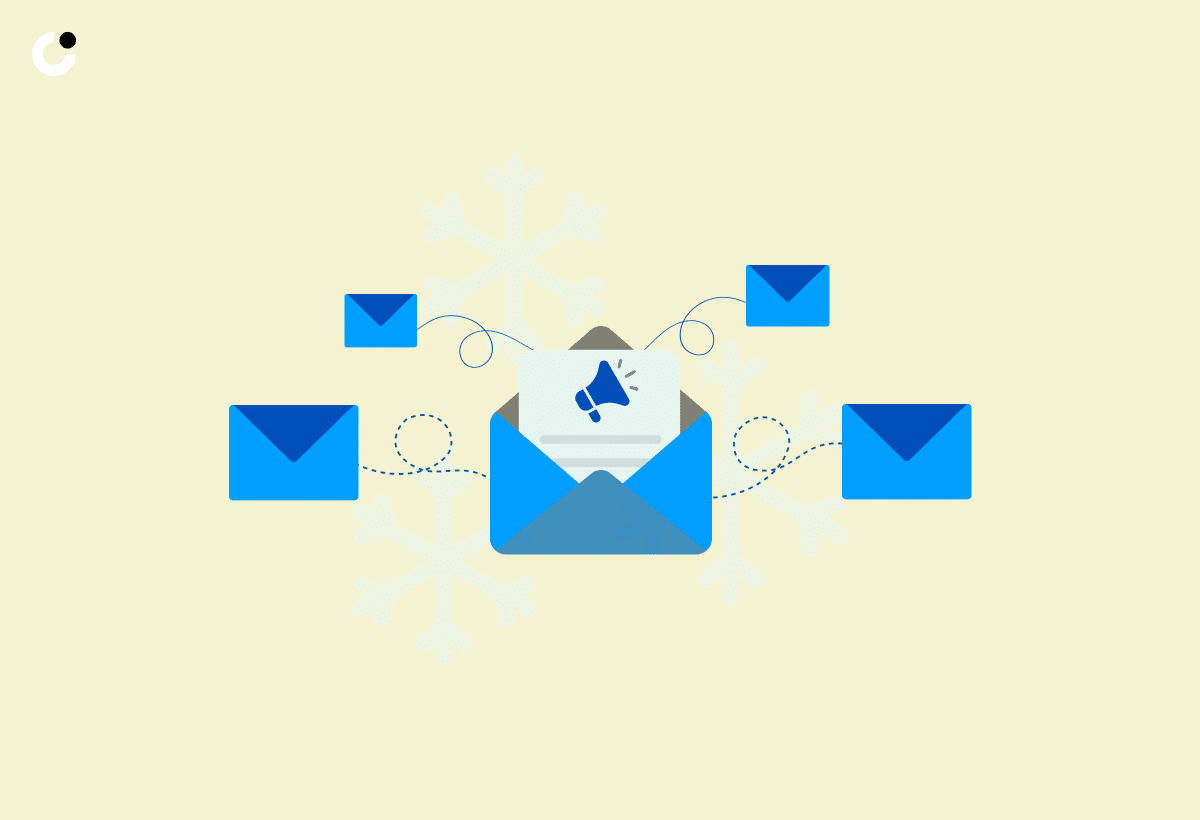
For email marketing campaigns, best practices include:
- Segmenting your email list and personalizing messages based on the recipient’s characteristics or behavior
- Creating engaging content to increase audience engagement, improve conversion rates, and encourage customer loyalty
- Consistently scheduling your email campaigns to maintain regular communication with your audience
By following these best practices, you can optimize your email marketing efforts and achieve better results.
In addition to segmentation and content, maintaining a consistent schedule for your email marketing campaigns can help build trust with your subscribers and keep them engaged with your brand. By adhering to these best practices and focusing on providing value to your subscribers, your email marketing campaigns can become a powerful tool for driving conversions and building lasting relationships with your audience.
Combining Cold Email and Email Marketing Strategies

As demonstrated, cold email and email marketing each come with their distinct set of advantages and challenges. Nonetheless, an amalgamation of these two strategies can enable businesses to optimize their outreach efforts and yield superior results.
Integrating cold email and email marketing strategies can help businesses:
- Expand their reach to a wider audience
- Personalize their communication with prospects
- Nurture leads through targeted email campaigns
- Increase brand awareness and engagement
- Drive conversions and sales
By combining the strengths of both approaches, businesses can create a comprehensive and effective email outreach strategy that maximizes their chances of success.
Some methods of integrating cold email and email marketing strategies include:
- Utilizing cold email as a lead generation tool
- Personalizing email marketing campaigns with cold email data
- Employing email marketing to follow up on cold email interactions
- Integrating cold calling with email marketing
By effectively combining these strategies, businesses can benefit from the strengths of both approaches and achieve greater success in their outreach efforts.
Real-Life Examples of Cold Email and Email Marketing Success
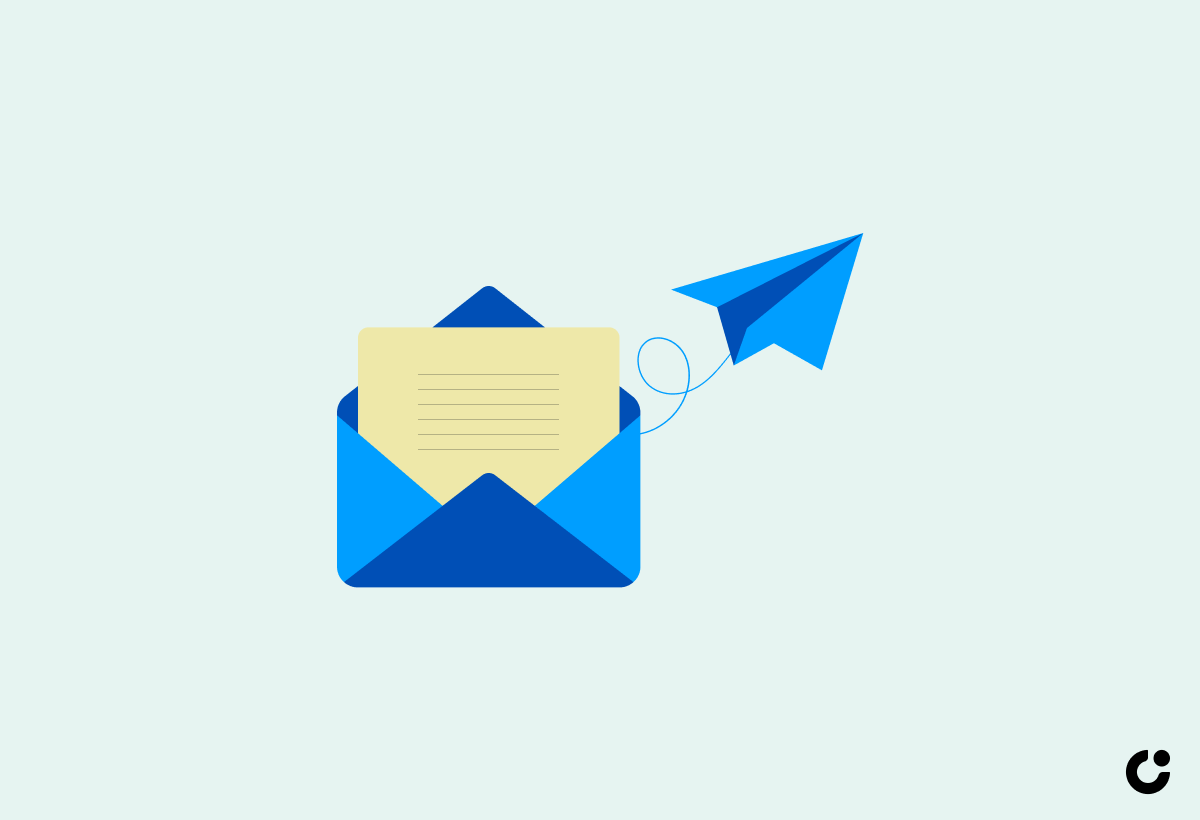
To further exemplify the effectiveness of cold email and email marketing, we present some real-life instances of companies that have harnessed these strategies to enhance their business growth. Dropbox, for instance, employed cold emailing to expand its user base by reaching out to prospective users and providing them with additional storage space upon signing up through a referral link. This approach enabled Dropbox to rapidly augment its user base and become one of the most renowned cloud storage platforms.
ActiveCampaign, on the other hand, utilized several strategies in their successful email marketing campaign, including:
- Email segmentation
- Automation
- Personalization
- Relevant content
- Effective communication
By leveraging the power of both cold email and email marketing, these companies have achieved impressive results and demonstrated the potential of these strategies when executed correctly.
Summary
In conclusion, cold email and email marketing are powerful strategies that can help businesses reach new prospects and nurture existing relationships. By understanding the key differences between these approaches, leveraging their respective advantages, and combining them effectively, businesses can maximize their outreach efforts and achieve better results. With the right tools, best practices, and persistence, both cold email and email marketing can become invaluable assets in your overall marketing strategy.
Frequently Asked Questions
Is cold calling or email marketing better?
Both cold calls and emails offer unique advantages for reaching prospects, making it difficult to determine which one is better. The best approach is likely a combination of both, using the advantages of each to maximize results.
Is cold email sales or marketing?
Cold email can be used for either sales or marketing, depending on the use case. It's up to you to decide which one you will use.
What is the difference between a sales email and a marketing email?
Sales emails typically contain plain text, while marketing emails often include branding and styling. Marketing emails can also provide more in-depth information to educate or inform the reader.
How can I effectively personalize my cold emails?
Personalize cold emails by using the prospect's name, inserting personalized information, referencing common interests and connections, and timing it appropriately. This will help create an engaging connection with the reader.
What are some popular cold email and email marketing tools?
Popular cold email tools include Outreach, Yesware, and SalesBlink, while ActiveCampaign, Sendgrid, and Flodesk are some popular email marketing solutions.

